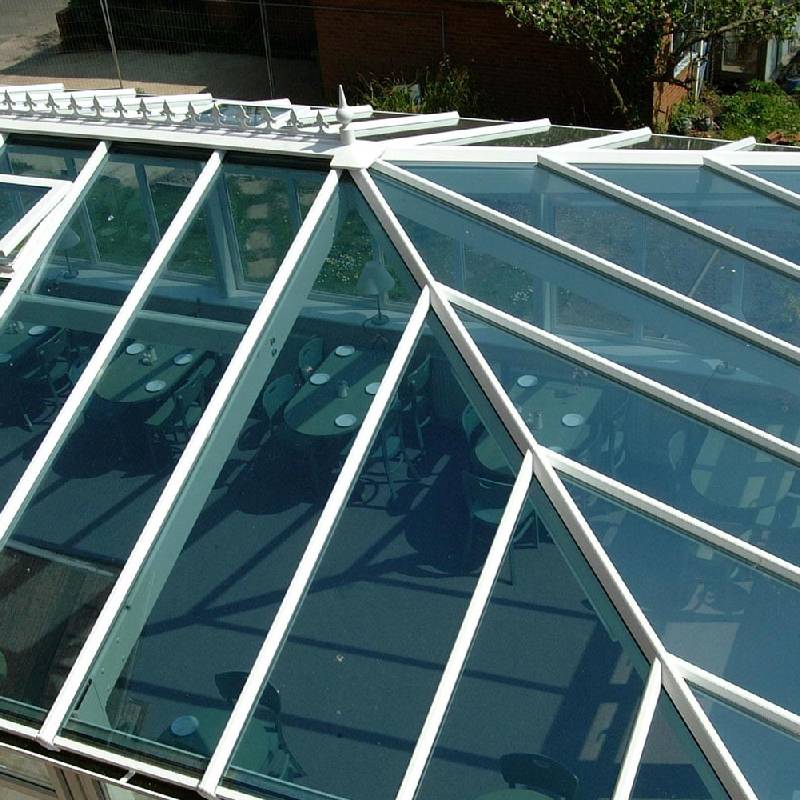

Insulated Tempered Glass A Comprehensive Overview
Insulated tempered glass has emerged as a popular choice in modern architecture and construction, thanks to its superior energy efficiency, strength, and aesthetic appeal. This advanced glazing solution combines the benefits of tempered glass with insulation properties to create a product that meets the demands of contemporary buildings while enhancing comfort and safety.
What is Insulated Tempered Glass?
Insulated tempered glass consists of two or more panes of tempered glass separated by a spacer and filled with an inert gas, typically argon or krypton, to improve thermal performance. The tempered glass undergoes a heat treatment process that increases its strength and makes it four to five times tougher than standard glass. This type of glass also has the ability to shatter into small, blunt pieces rather than sharp shards, significantly reducing the risk of injury upon breakage.
Advantages of Insulated Tempered Glass
1. Energy Efficiency One of the most significant advantages of insulated tempered glass is its energy efficiency. The combination of multiple panes and inert gas filling creates a barrier that minimizes heat transfer. As a result, buildings equipped with this type of glass experience reduced energy costs for heating and cooling, contributing to both environmental sustainability and lower utility bills.
2. Safety and Security The tempering process enhances the strength of the glass, making it more resistant to impacts. This feature is particularly important in public buildings, commercial properties, and homes where safety is a concern. Moreover, insulated tempered glass is often used in high-rise buildings and large windows, where the risk of breakage is heightened.

3. Sound Insulation Insulated tempered glass also provides excellent sound insulation. The combination of multiple layers and the air gap between them significantly dampens noise pollution, making it an ideal choice for buildings located in busy urban areas or near airports. This feature contributes to a more peaceful indoor environment, enhancing overall comfort.
4. UV Protection In addition to its thermal and acoustic benefits, insulated tempered glass can block a substantial amount of ultraviolet (UV) radiation. This is crucial for protecting interior furnishings, fabrics, and artwork from fading and damage caused by prolonged sun exposure. Homeowners and businesses alike appreciate the longevity that this protective feature provides.
5. Aesthetic Appeal Available in various colors, tints, and finishes, insulated tempered glass enhances the appearance of any building. Its sleek design and modern look can elevate the architectural style of both residential and commercial properties, making it a popular choice among architects and designers.
Applications of Insulated Tempered Glass
The applications of insulated tempered glass are vast and varied. It is commonly used in windows, doors, glass facades, and skylights. The product is equally suitable for both residential and commercial settings, including offices, shopping malls, schools, and hospitals. Its versatile nature allows it to complement various architectural themes while maintaining functionality and safety.
Conclusion
As energy efficiency and sustainability become increasingly vital in building design, insulated tempered glass stands out as a superior option. Its unique combination of strength, safety, thermal performance, and aesthetic appeal makes it an important material for modern construction. Whether you are designing a new home, renovating an existing property, or constructing a commercial building, insulated tempered glass offers an array of benefits that can enhance the overall performance and look of any structure. Investing in this innovative glazing solution can lead to significant long-term savings while contributing to a safer and more comfortable living or working environment.